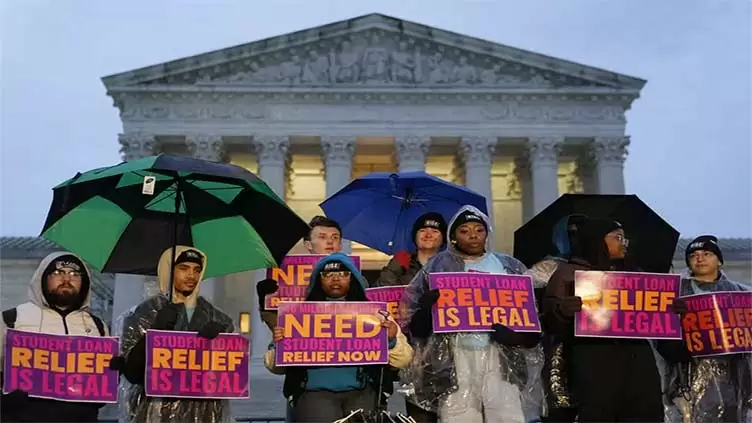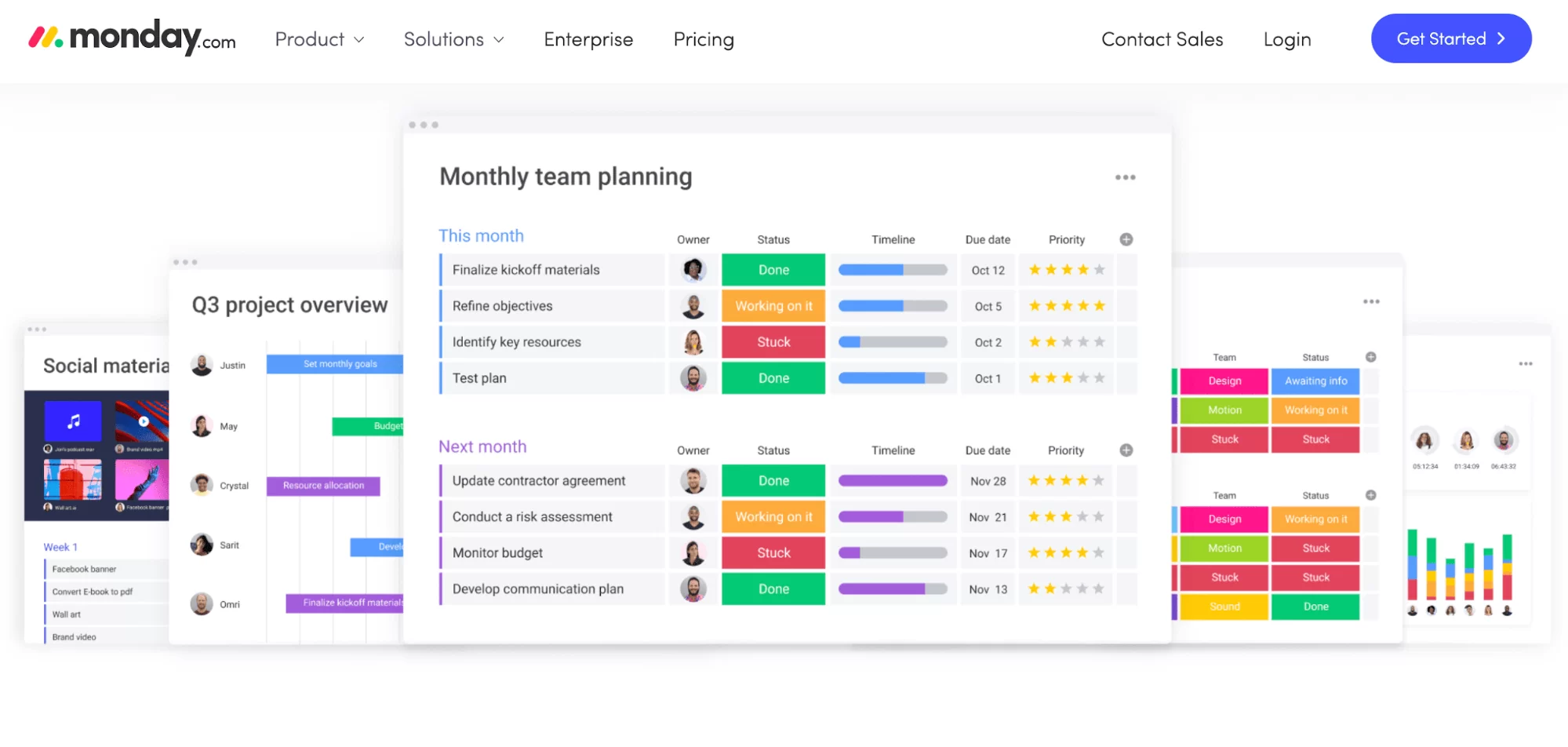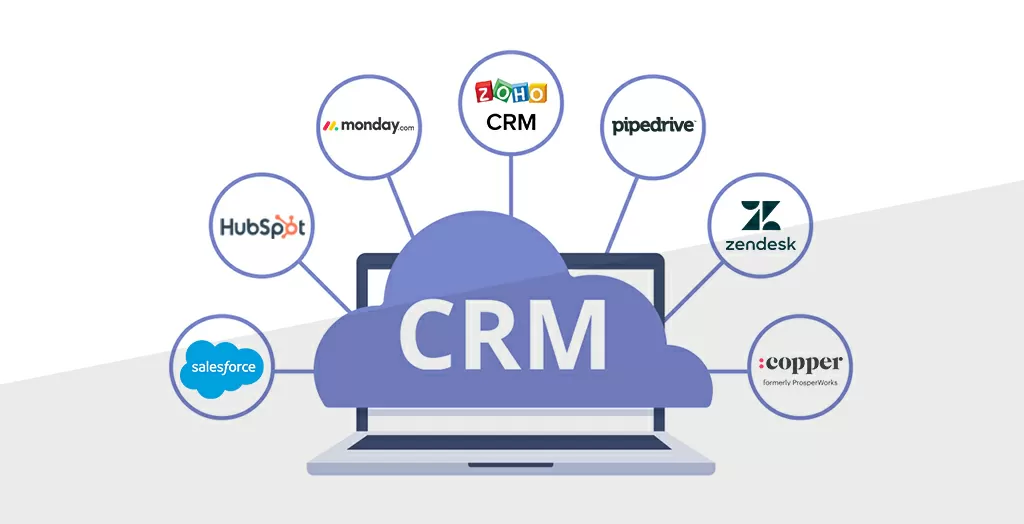In today’s world, student loans are become a necessary component of higher education. Nonetheless, the environment around student loans is always changing, and the Supreme Court’s rulings significantly impact the laws and policies that govern them. In this piece, we will examine the ramifications for students and borrowers and the subtleties of Supreme Court rulings’ influence on student loans. This article is about Supreme Court Student Loans.
The Supreme Court’s Function
Before discussing the effects specifically on student loans, it is critical to comprehend the function of the US Supreme Court. The Supreme Court is a key player in determining the nation’s legal system because it is the highest court and can interpret and implement the Constitution.
Supreme Court verdicts have a broad impact on the nation as a whole as well as the parties immediately engaged in a case. They also set legal precedents that influence future decisions. Thus, these choices can impact laws and rules about many facets of society, including student loans.
In Higher Education, Affirmative Action
University of Texas at Austin v. Fisher (2016)
Affirmative action has generated discussion in the field of education, especially about its application to college admissions. Decisions made by the Supreme Court greatly influence whether race is taken into account when admitting students, which affects student loans.
As seen in Fisher v. University of Texas at Austin, the Supreme Court upheld race as one of many factors in college applications. This ruling permits colleges to consider diversity a strong consideration when choosing their student body. Students from underrepresented groups may have more opportunities to be admitted, which could result in better student loan options and more financial aid.
Bollinger v. Grutter (2003)
Similarly, the Supreme Court’s ruling in the Grutter v. Bollinger case upheld the legality of considering race as a criterion for college admission. This decision highlighted the importance of diversity in higher education and its benefits for students, institutions, and society.
This decision’s effects on student loans are mitigated by improving access to education for individuals from various backgrounds. More financial assistance choices become accessible when schools and institutions promote diversity, which may lessen the burden of student loans for students with socioeconomic or racial inequities.
Student Loan Discharge in Bankruptcy
(1987) Brunner v. Higher Education Services Corp. of New York State
Debt from student loans frequently puts borrowers in a difficult financial situation. Bankruptcy may be a viable option for some people, but it can be difficult to discharge student loans. The guidelines for student debt discharges through bankruptcy have been greatly influenced by the Supreme Court’s rulings.
In the important case of Brunner v. New York State Higher Education Services Corp., the Supreme Court set up a three-part test to decide if bankruptcy can get rid of student loan debt. The client needs to meet three conditions:
- They must show that they have experienced undue hardship.
- The hardship must be expected to last for a sizable amount of the loan repayment time.
- They must have made sincere attempts to repay the debts.
The discharge ability of student loans has been permanently impacted by this ruling. Making it more difficult for debtors to get their debts wiped out in bankruptcy. Borrowers may be more obligated to repay their student loans, which could impact several areas of their financial lives.
Title IX and Discrimination Based on Gender
Gebser versus the Independent School District of Lago Vista (1998)
In federally funded educational programs, Title IX of the Education Amendments Act of 1972 prohibits gender discrimination. Due to the Supreme Court’s rulings on Title IX, which addressed gender-based discrimination and its effects on educational prospects. The student loan market has changed.
The Supreme Court decided in Gebser v. Lago Vista Independent School District that a school district could be subject to Title IX financial penalties for willfully ignoring incidents of sexual harassment between teachers and students. This ruling made it abundantly evident that schools need to be proactive in addressing and preventing gender-based discrimination to promote inclusive and safe learning environments.
Equal access to educational opportunities is made possible for all students, regardless of gender, through enhanced protection against gender-based discrimination. This could lead to more financial help and better student loan choices for all students, advancing equity and justice in higher education.
In summary
Decisions made by the Supreme Court significantly impact the student loan market. Policies and regulations that affect student borrowers nationwide are shaped by the decisions made by the nation’s highest court. Ranging from gender discrimination to bankruptcy discharge and affirmative action. Understanding how Supreme Court rulings affect the opportunities, difficulties, and obligations related to paying for education is essential as borrowers and students negotiate the complicated world of student loans.
It is indisputable that Supreme Court rulings influence the legal framework that controls how students pay for their education, even though their precise effects on student loans may differ.
> “Getting an education involves more than just attending classes and graduating. It’s about learning as much as you can about the world around you and expanding your knowledge.” – Shakuntala Devi.









